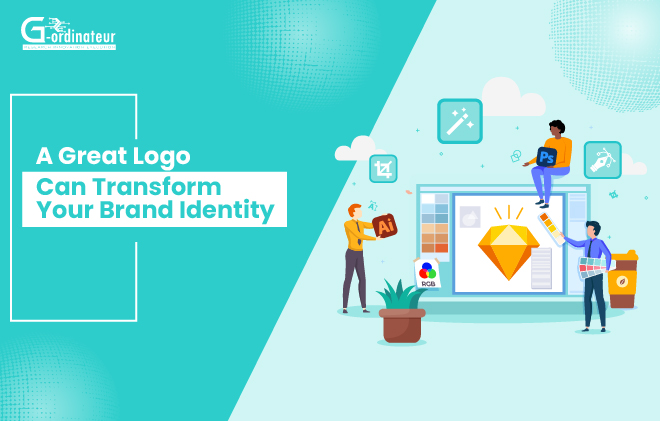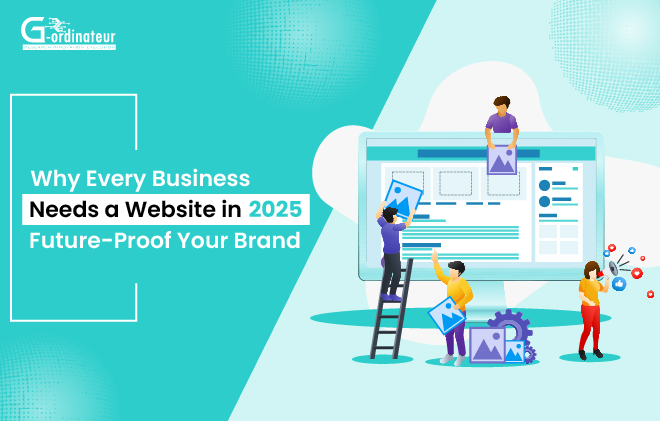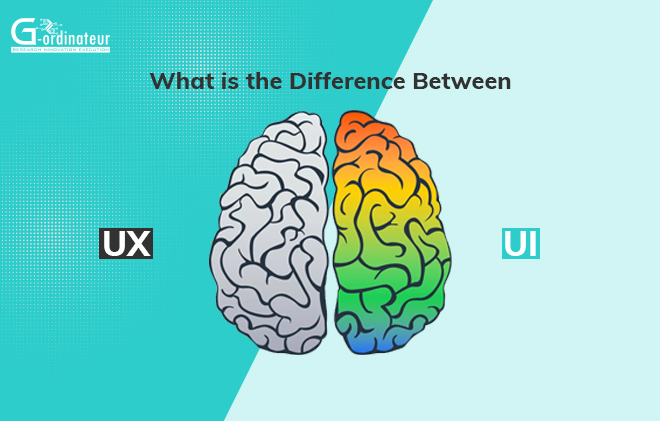
G-Ordinateur Blog
Take a time & upgrade your knowledge
.jpg)
Introduction
The world of software development is changing very fast. New tools, shifting user needs, and fresh systems are changing the way software is made, put out, and looked after. Keeping up with these trends is essential for firms and builders who want to stay in the game in the field.
In this article, we will look at the best 10 software-making trends that are changing the online world in 2025 and more, with true-life samples and other new trends.
Artificial Intelligence and Machine Learning Integration
AI and ML. Their presence is felt quite powerfully throughout much of the contemporary user experience, and many software developers now consider the components of these technologies when creating their deliverables.
How AI/ML is Changing Software Development:
1. Code Generation and Debugging with AI:
Code generation and debugging using AI is a growing field, with tools such as GitHub Copilot and ChatGPT leading the charge. Using these tools can speed up the development process, but also, and perhaps more importantly, using these tools can make you a better coder.
2. Predictive Analytics and Data-Driven Decision-Making:
AI and ML algorithms analyze huge quantities of data to determine and discern not-so-obvious patterns. This talent allows organizations not only to render decisions but also to make better predictions concerning the future, tending to push the business model toward better outcomes.
3. Cybersecurity Solutions that Use AI:
As cyber threats become more sophisticated, AI-based solutions are taking over to detect and respond to threats in real-time. These systems learn from past incidents and adapt to new threats, thereby enhancing the security posture of the entity that uses them.
4. Repetitive Tasks Getting Automated:
AI and ML automate the occurrence of boring and monotonous duties in the development cycle and pave the way for allowing the developer to concentrate on the compound and intricate nuggets of the software development universe that requires more brainpower. A good pair of hands in programming and more in the developer's creative juices means more productivity and efficiency in the software development life cycle.
Key Takeaway:
Not only are AI and ML enhancing software development, but they are also transforming it. By causing smarter development practices to prevail, by improving efficiency, and by personalizing user experiences, they are setting new industry standards for what software can do.
Low-Code and No-Code Development
Easy-code and no-code tools help firms and everyday users make apps with little coding skill. These tools cut down building time and money a lot.
Why Low-Code/No-Code is Gaining Popularity:
- Let's fast app making (RAD) for new businesses and big companies.
- Aids connects the space between business groups and IT.
- Improves scalability with cloud-based solutions.
Main Point: Easy-code or no-code-making software made easy for all, speeding up digital change.
Three. Cloud-Based Growth and Server-Free Computing
Cloud work has been here for years, but the cloud-based building is taking it to the next stage. More firms are using servers for less work, letting them focus on code without handling tools.
Key Benefits of Cloud-Native Development:
- Faster deployments and scalability.
- Reduced operational costs with pay-as-you-go pricing models.
- Enhanced security with automated cloud security measures.
- Seamless integration with microservices architecture.
Key Takeaway: Cloud-native and serverless computing simplify software deployment, making applications more efficient and cost-effective.
Cybersecurity-First Approach
As cyber threats have increased, developers need to use secure coding techniques to stop data leaks and cyberattacks.
Cybersecurity Trends in Software Development:
- Zero Trust security models for authentication.
- AI-powered threat detection and response.
- DevSecOps (Making things, Safe, and Running) to mix safety from the start.
- Complete encryption and body checks.
Main Point: A forward-looking security method is important to keep safe info, people and companies.
Progressive Web Applications (PWAs)
PWAs mix the good parts of web and phon͏e applications, giving app-like feelings on browsers without needing downloads from the app store.
Advantages of PWAs:
- Faster load times and improved performance.
- Works offline with caching.
- Cost-effective alternative to native apps.
It functions with every system and gadget:
PWAs are increasingly becoming a common solution. This solution is especially popular among multiple businesses that are looking to deliver smooth, high-performance web applications.
Blockchain technology, as well as its use outside of cryptocurrency, is reshaping industries. It is in use for multiple secure transactions, for several smart contracts, for diverse supply.
Chain management, and for different data integrity:
Decentralized applications (DApps) featuring only transparent transactions.
Agreements are automated and secured by smart contracts.
Both Fintech and healthcare need secure identity verification.
Safe data storage and full record-keeping.:
Blockchain is extensively expanding into multiple sectors, greatly improving overall transparency, security, and efficiency.
Microservices allow developers to divide applications into relatively small, independent services for collaborative work together. This tactic increases both adjustability and adaptability.
Benefits of Microservices:
- Easier maintenance and updates.
- Better endurance against errors (the mechanism keeps functioning when a utility fails).
- Greater scalability compared with monolithic applications.
- Faster development cycles and deployments at an accelerated rate.
Key Finding: Microservices essentially make applications more easily expanded, more easily adjusted, and sturdier.
How software interacts alongside physical devices, as can be seen in smart homes in conjunction with industrial automation.
Software Trends in IoT:
- AI-powered predictive maintenance for IoT devices.
- Edge computing to reduce latency.
- 5G-enabled IoT for real-time data processing.
- Smart IoT security protocols.
Key Takeaway: IoT-driven software creates smarter, more connected digital ecosystems.
Extended Reality (XR) – AR & VR Applications
Augmented Reality (AR) and Virtual Reality (VR) are redefining user experiences in gaming, education, retail, and healthcare.
How XR is Evolving Software Development:
AR-powered shopping experiences in e-commerce.
VR training simulations for businesses.
Healthcare applications for virtual surgeries and therapy.
Metaverse development for immersive virtual interactions.
Key Takeaway: AR & VR technologies are making digital experiences more interactive and engaging.
Edge Computing for Faster Processing
Edge computing is a game-changer, allowing data to be processed closer to the source, reducing latency and improving performance.
Why Edge Computing is Gaining Momentum:
- Real-time data processing for AI and IoT applications.
- Improved security by reducing data exposure.
- Lower bandwidth usage, reducing operational costs.
- Enhances cloud computing efficiency.
Main Point: Edge computing is key for fast, live data work in AI, IoT, and cloud comput͏ing.
Conclusion
Software making is always changing, pushed by smart tech, online storage, safety upgrades, and new designs. Companies and makers need to keep up with these trends to build apps that last and work well.
Which style do you feel will rule in 2025? Tell us in the comments!
Want to use the new software styles? Call G-Ordinateur for expert development solutions!
Share on:
Releted Blog
0
+Year in
Business
00
+Industries
Served
00
+Happy
Clients
000
+Successful
Projects


